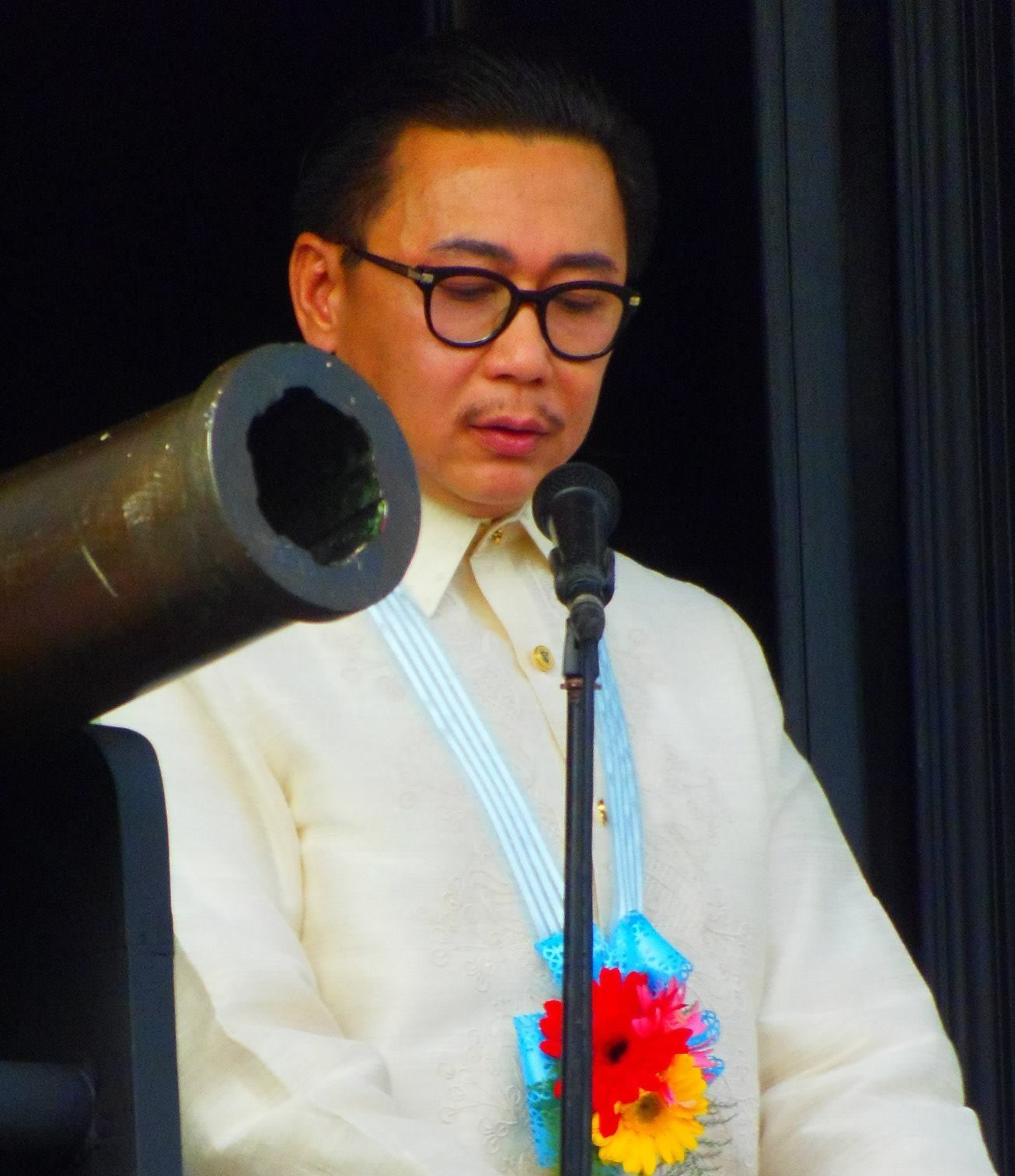You may not know it but action star ER Ejercito is a true blue Aklanon.
It is because his late mom, Ramona Pelayo, wife of the late actor George Estregan, was a native of Ibajay, Aklan.
“I love Aklan. I miss it. It is because my mom was a very dedicated Aklanon. I am proud to be an Aklanon aside from my San Juan City roots,” beamed ER in one of our private conversations.
“Madalas kaming umuwi sa Aklan noon lalo na nang mga bata pa kami. Lagi kong naaalala ang Aklan (When we were still kids, we always went home to Aklan. I always remember it),” he added.
It’s January once more and the memories of Aklan and its Ati-Atihan Festival have been revisiting Ejercito.
“Napakaganda ng Mommy ko. Mutya siya ng Ibajay. Kaya naman na-in love agad sa kanya ang Daddy ko (My mother was very pretty. She was a muse of her town. My father got enamored at once with her),” ER chuckled.
“Ngayong Ati-Atihan Festival, naaalala ko na naman ang Mommy ko. At siyempre, kahit hindi Ati-Atihan Festival, naaalala ko siya palagi (I remember my mom. Of course, even if it’s not festival time, I always remember my mom),” said the actor with a sad smile.
I have a very vivid memory of an Ati-Atihan Festival in the early 1990s.
I was still managing action star Dan Fernandez.
The Albas of Kalibo requested me to bring Dan to the city as one of the special guests during the festival.
And boy, Fernandez and I had a blast with the pompous and religious observances of the Aklanons when their prized festival was held at the time.
“Hindi ko makakalimutan ang hospitality ng mga taga-Kalibo sa amin ni Boy (Villasanta) noon. Talagang red carpet ang pagsalubong sa amin (I cannot forget the hospitality of the people in Kalibo to Boy and me. It was indeed a red carpet treatment fro us),” reminisced Dan.
“Kung hindi lang talaga ako busy, gusto kong pumupunta sa mga ganyang lugar, tulad ng (If I would, I like to pay regular visits to places like) Kalibo,” he exclaimed.
Meanwhile, here’s a piece of information from the Cultural Center of the Philippines (CCP) Encyclopedia of Philippine Art (EPA) about Kalibo, Aklan’s Ati-Atihan Festival. The entry is supported by Roman R. de la Cruz’s “Song of the Ati-Ati,” an art piece created in 1974.
According to de la Cruz, Kalibo’s Ati-atihan Festival has 609 lines.
The EPA delineates: “Ati-Atihan Festival stretches back to pre-colonial times when the Atis, the original inhabitants of Panay Island, welcomed the Malay settlers. Ati-atihan Festival commemorates this interaction as depicted in Song of the Ati-ati.
“The song narrates the preparation of the dancers, as recorded in the CCP EPA. They paint themselves with uling (charcoal) and turn ordinary implements like kettles into musical instruments. As the song progresses, onomatopoeic words like “bong bong” and “tog tog” reproduce the rhythm and beat of the Ati-atihan Festival.
“Song of the Ati-ati is the first published poem in English replicating the vibrance of the festival.”
#WeTakeAStand #OpinYon #OpinYonNews #EREjercito
